Argentina
May 2023
The well-known wine region of Argentina is Mendoza. While it is a dry, beautiful area, wine is just not our thing. So we searched the map and found Malargue and some mountain hot springs. We headed across the vast plains of Argentina, and up into the mountains.
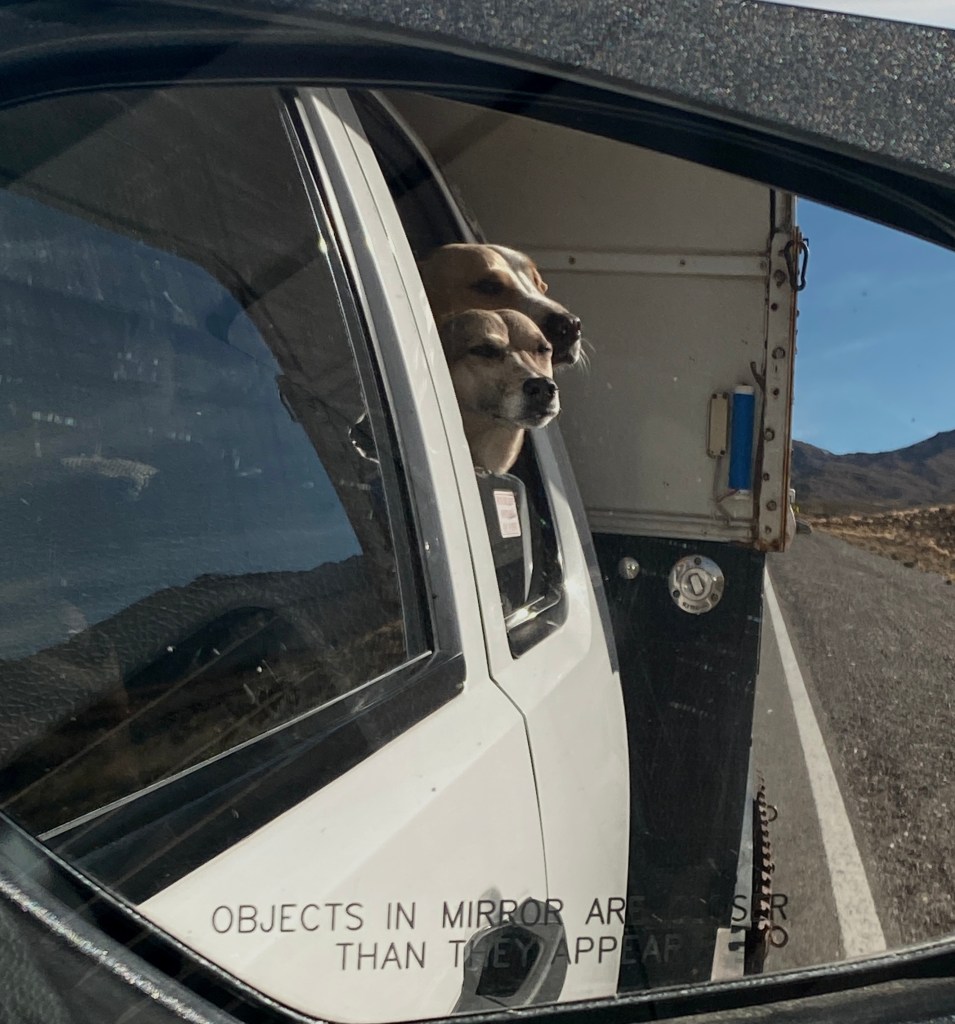
Malargue was made famous by its remote, wide open skies and lack of light pollution which attracted scientists. The type of scientists who study things like black holes, cosmic rays and other space phenomenon. There are several international research centers there and an interesting observatory. We were so fascinated by the Pierre Auger Observatory, that we did not take many photos. Here is a link to their website if you want to learn more about the study of cosmic rays. https://www.auger.org/
As we were driving towards the city, we noticed many tan water tanks with things sticking out of them. Once we arrived at the observatory, we learned that these are used for tracking and recording cosmic rays. The things sticking out are solar panels and radio transmitters!
They are indeed water tanks, as that is a part of the procedure for measuring the cosmic rays. They also contain fragile, equipment inside. This display shows the stuff that is inside each tank. There are 1,660 of these tanks!!

The following is an except from the observatory website. See link below to read it on the actual website.
“The first detection method uses the Observatory’s main visible feature – the 1,660 water surface detector tanks that cover about 3,000 km2 of the Pampa, an area about 30 times the size of Paris, and serve as particle detectors. Each 3,000-gallon (12,000 liter) tank, separated from each of its neighbors by 1.5 kilometers, is completely dark inside – except when particles from a cosmic ray air shower pass through it. These energetic particles are traveling faster than the speed of light in water when they reach the detectors; therefore, their electromagnetic shock waves produce Cherenkov light that can be measured by photomultiplier tubes mounted on the tanks. Extensive air showers contain billions of secondary particles and can cause nearly simultaneous bursts of light in more than five tanks. Scientists can determine the energy of the primary cosmic ray particle based on the amount of light they detect from a sample of secondary particles. Slight differences in the detection times at different tank positions help scientists determine the trajectory of the incoming cosmic ray.” Live link, click here https://www.auger.org/observatory/auger-hybrid-detector
If you are like me, you don’t understand much about cosmic rays. This display did a great job of trying to turn this concept into something that made sense. These are two of the displays:
Because there are visitors to this region from all around the world, the restaurants have learned new and unusual dishes to blend with their traditional Argentinian meals. We stopped for pizza, and also took a look at the elaborate buffet offerings.
With full minds and full bellies, we turned toward the mountains. We would have to drive partway into the Andes to reach the hot springs. It was incredible watching those huge, snowy peaks grow closer and closer! (see the moon?)
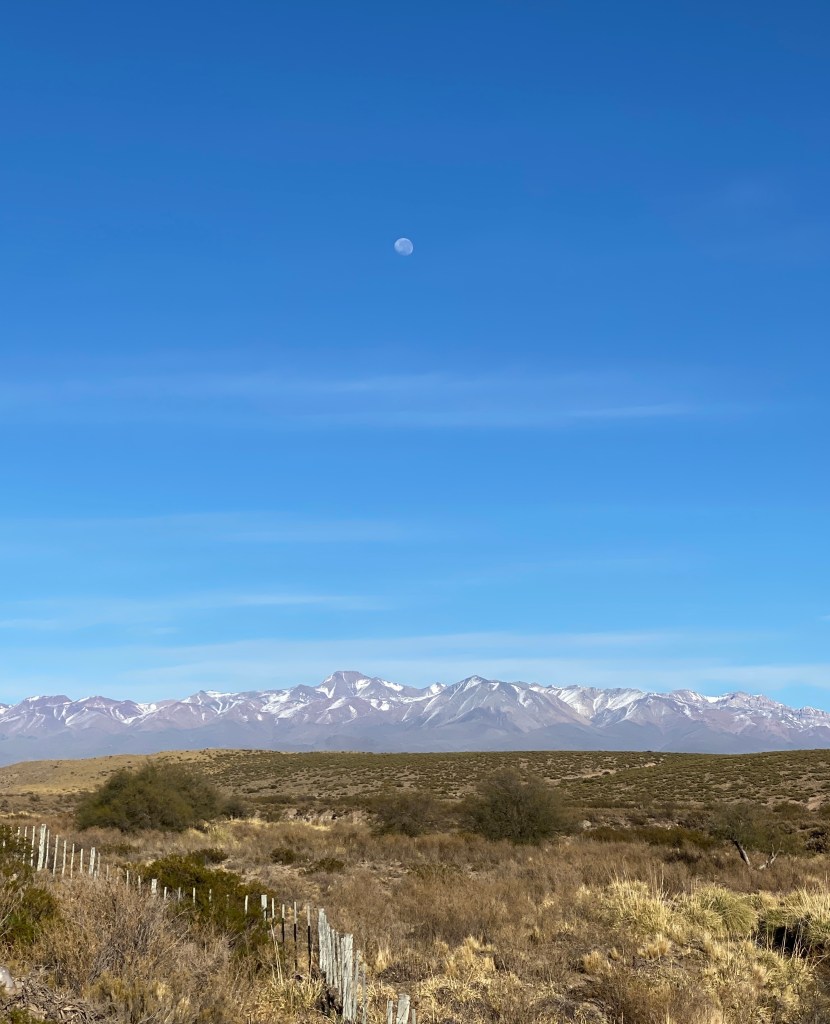
Upon arrival we were pleased to discover that the remote, chilly location was sparsely visited. The large camping area contained only a few vehicles. The pools were virtually empty for us to enjoy and the dogs were free to roam and play across the valley.

We stayed for several nights, soaking and enjoying the mineral rich, warm waters. There were several pools to choose from. Over the course of our visit we spent time in all of them!

We also hiked around the valley and explored other areas. In one shady, cold canyon we found soft, powdery a snow. Building a snowman in May was a special treat.

Each night the temperature dropped below freezing. The water hose for filling our camper tanks would freeze, then thaw when the morning sun warmed the plastic. These beautiful ice crystals came out when we went over to wash the morning dishes.
After a few days of pruned up fingertips and a few cold, cold nights, it was time to move back down to the Pampas region of Argentina. We fought through the heavy traffic on the way down the Andes, through the foothills and back to the vast plains of Argentina.
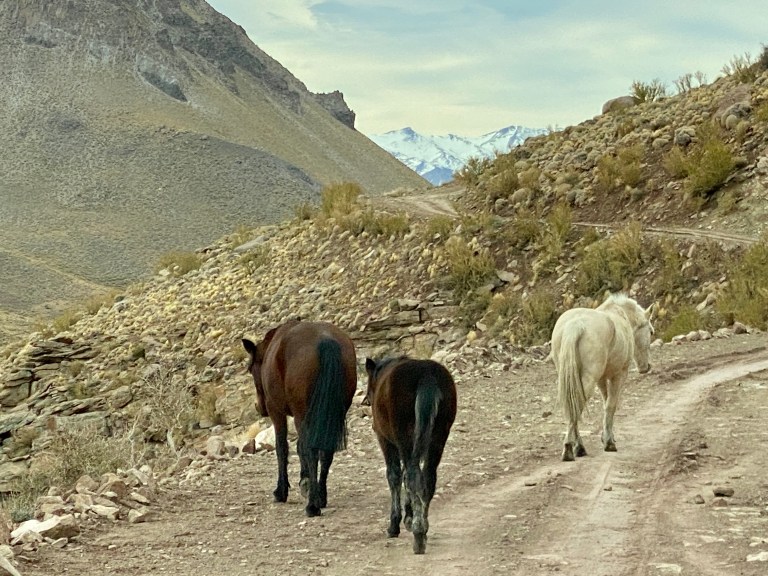

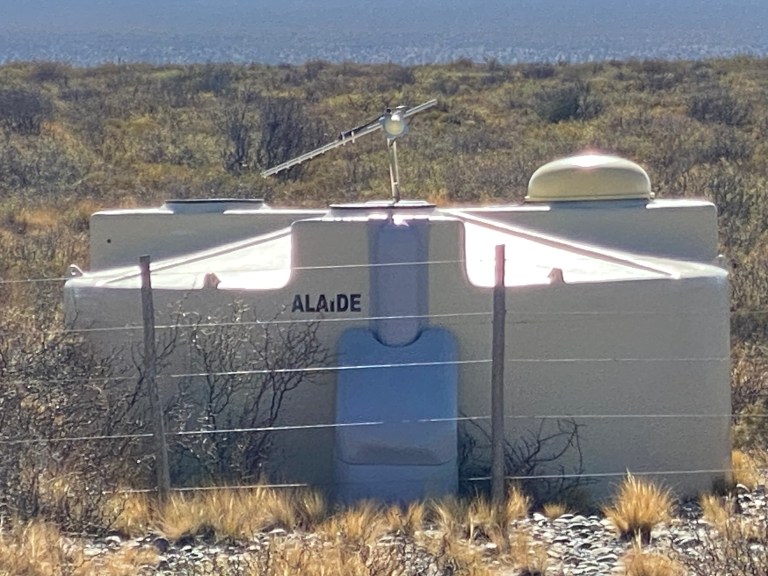
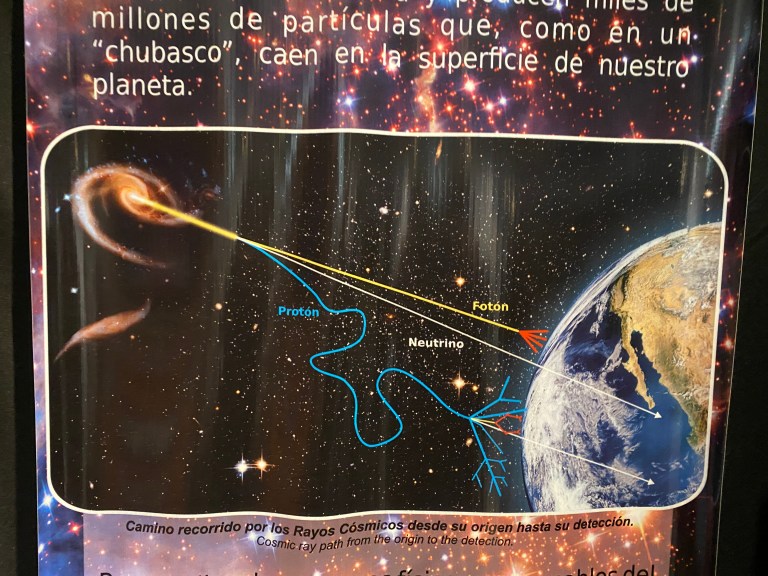



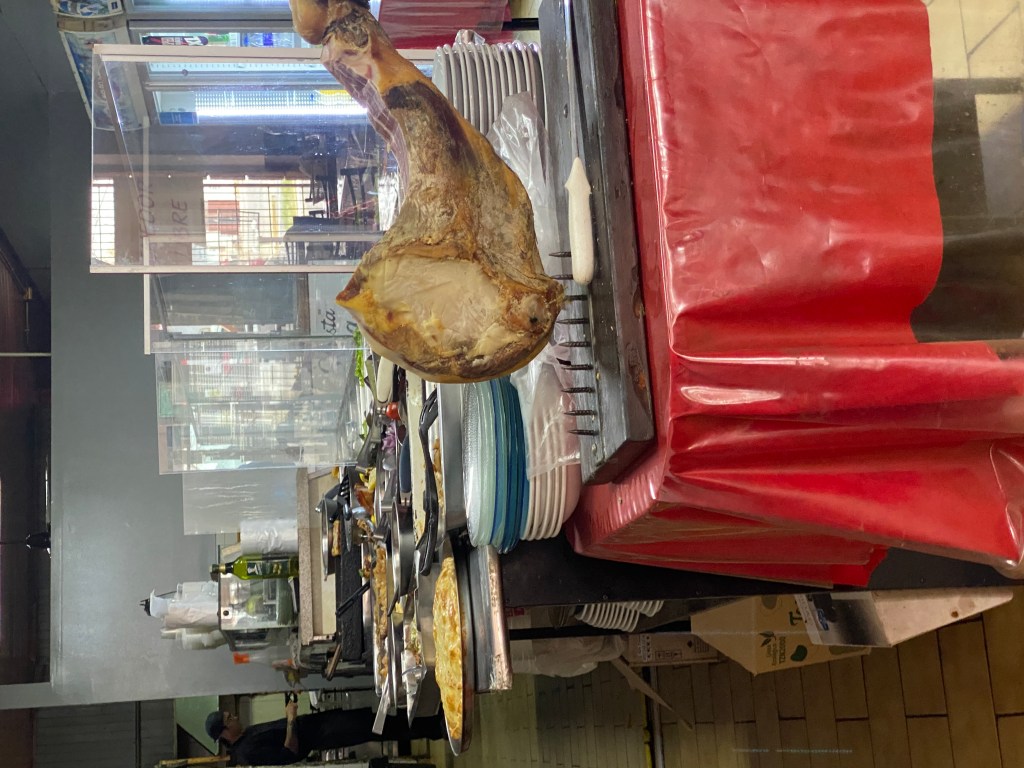


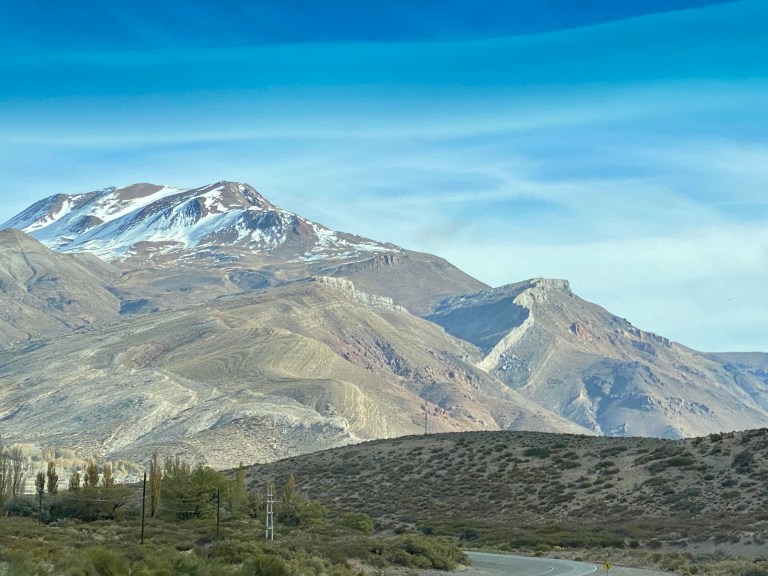
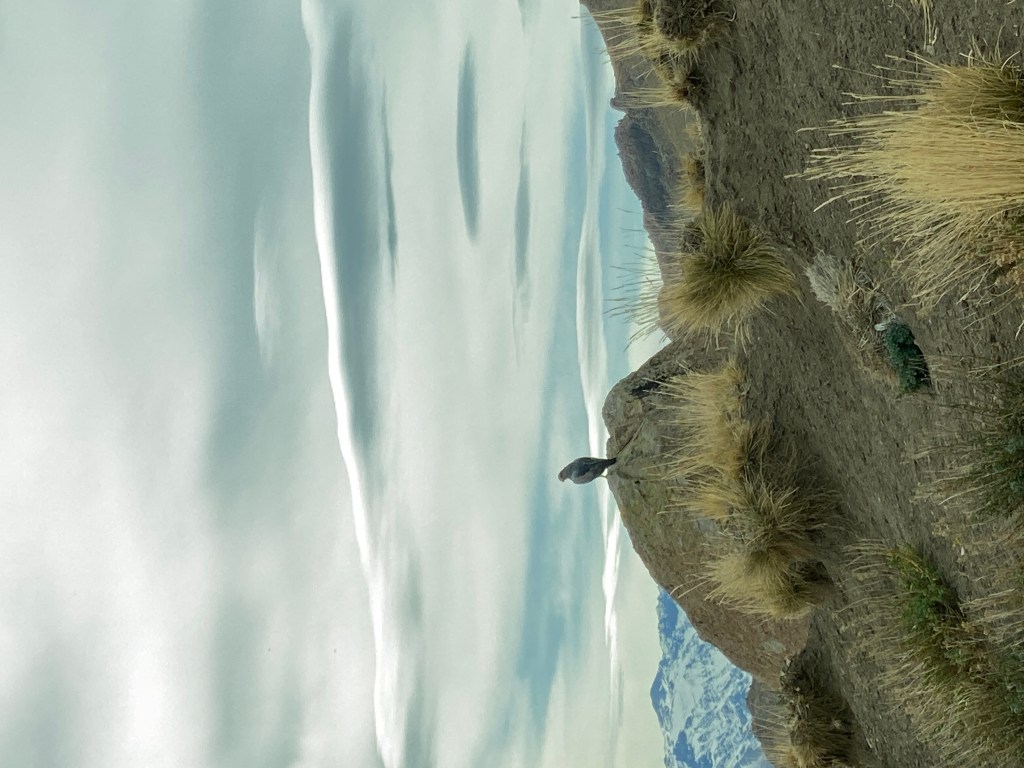
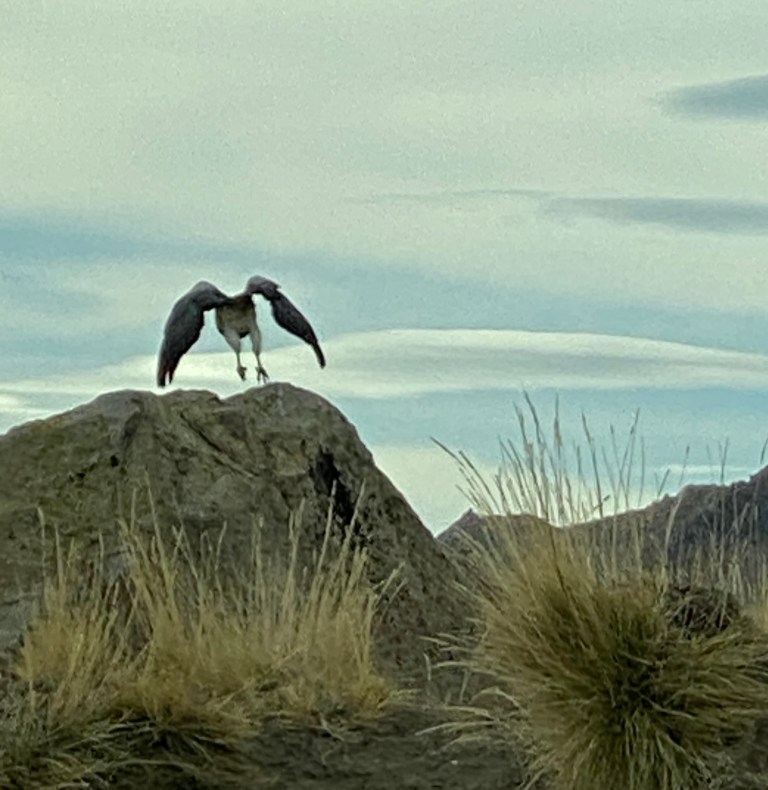
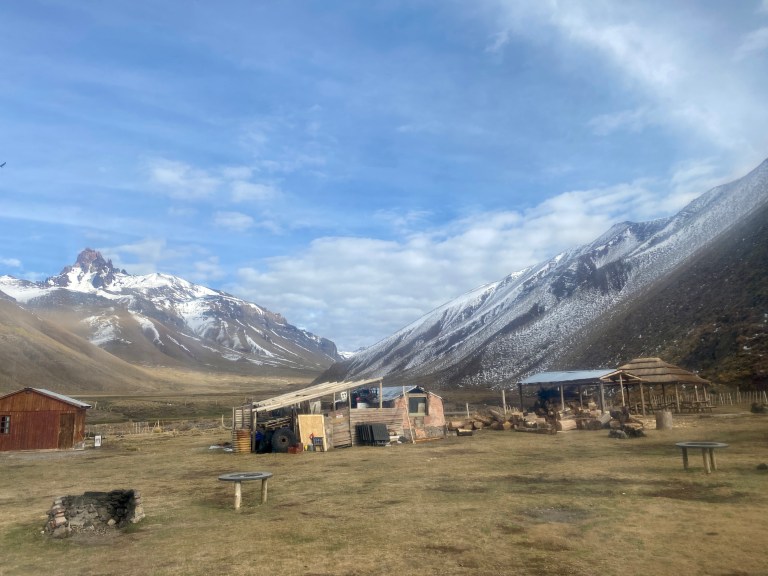
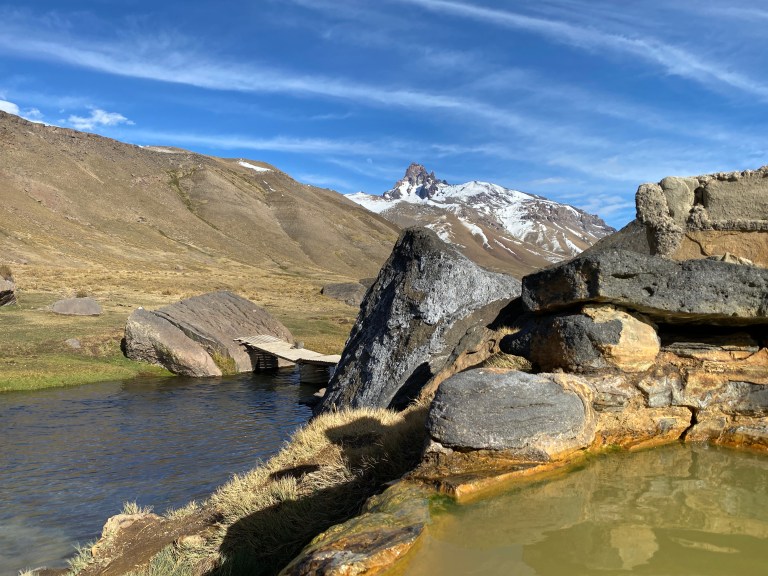
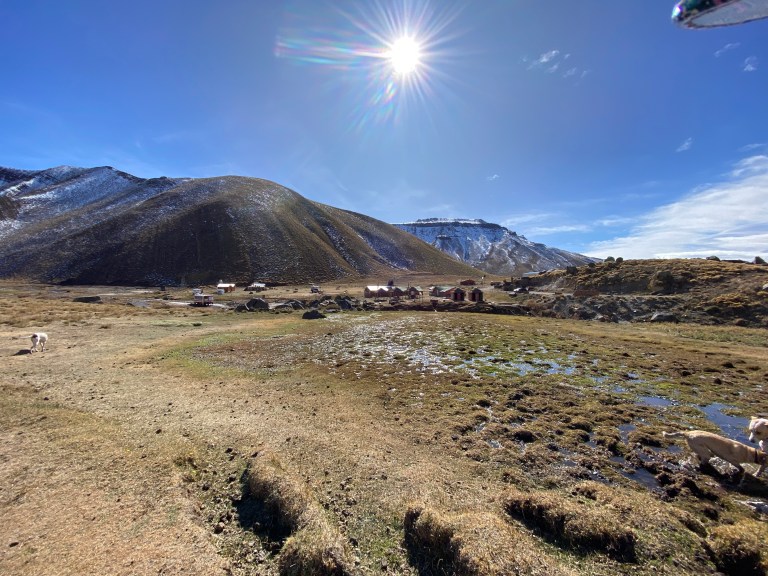




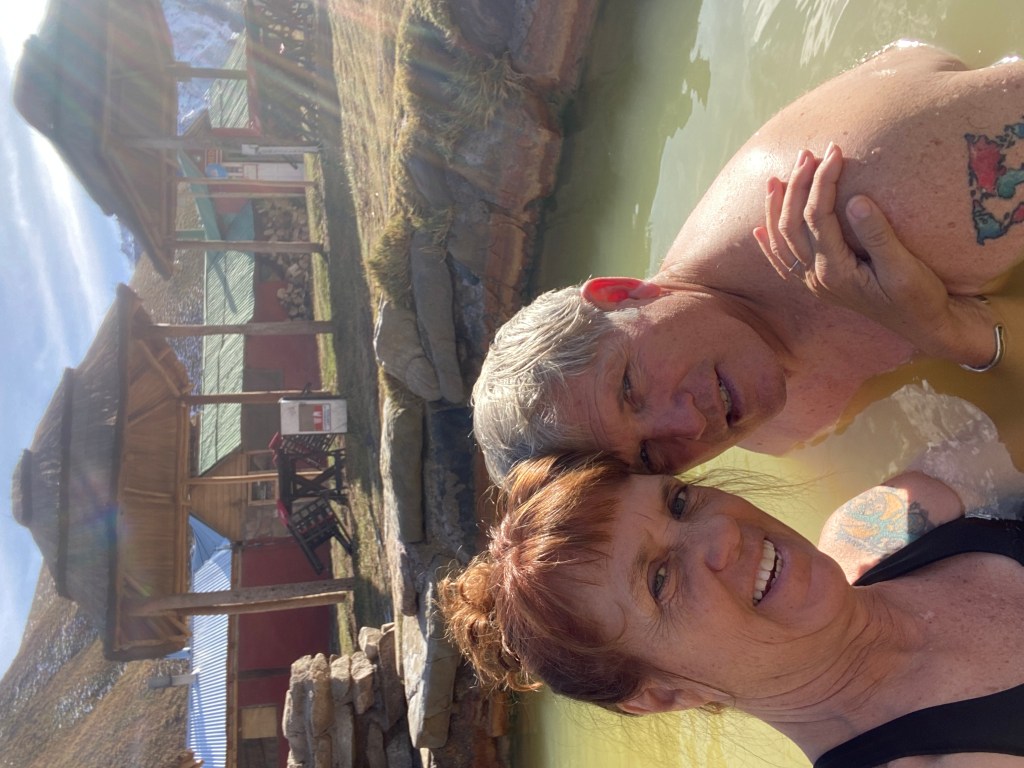



Loved the heavy traffic!
Cajón Grande!
That is the best kind of traffic! We ran into a herd of sheep in eastern Oregon that resulted in a ton a great pics and video. Great travels.
Malargue looks, sounds and feels (and smells?) like a wonderful find. Thanks for taking me there, virtually.
Brrrr. What’s the name of the hot springs?
We enjoyed that area in 2009